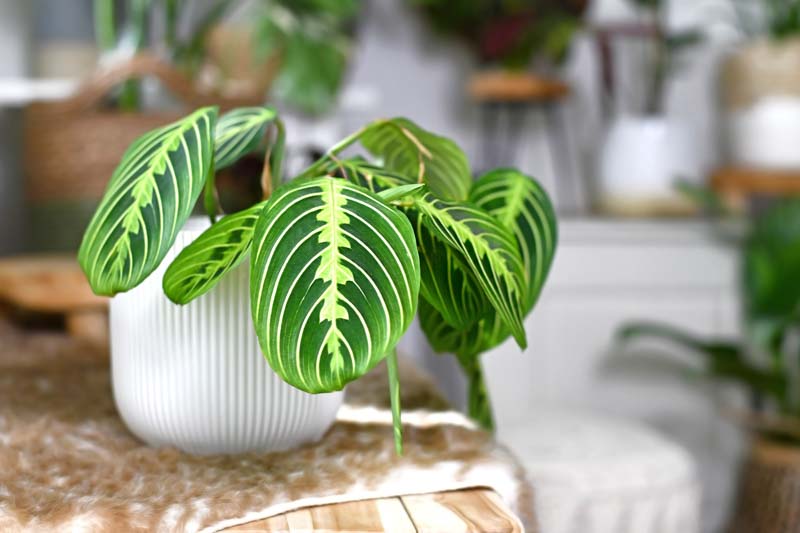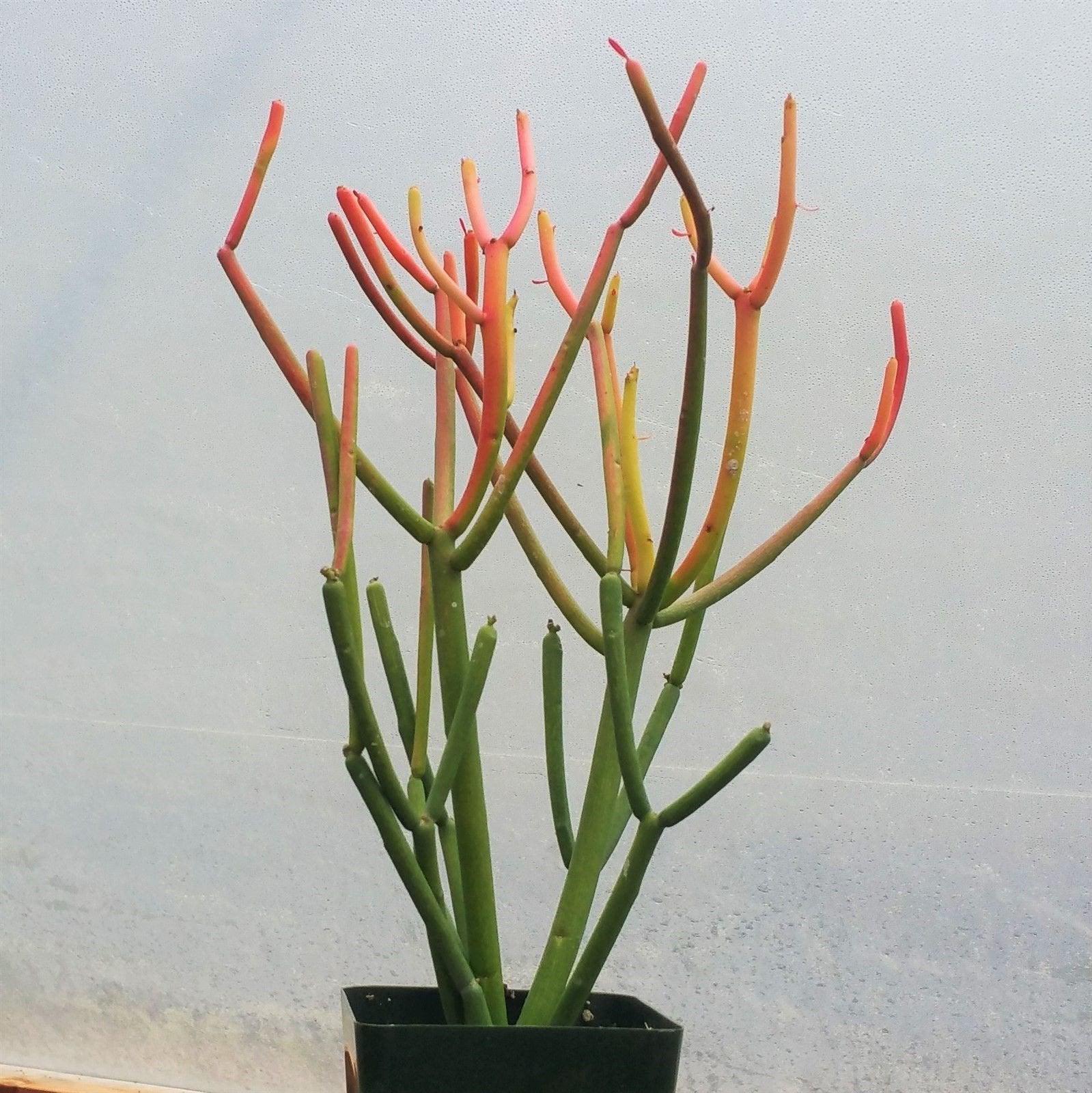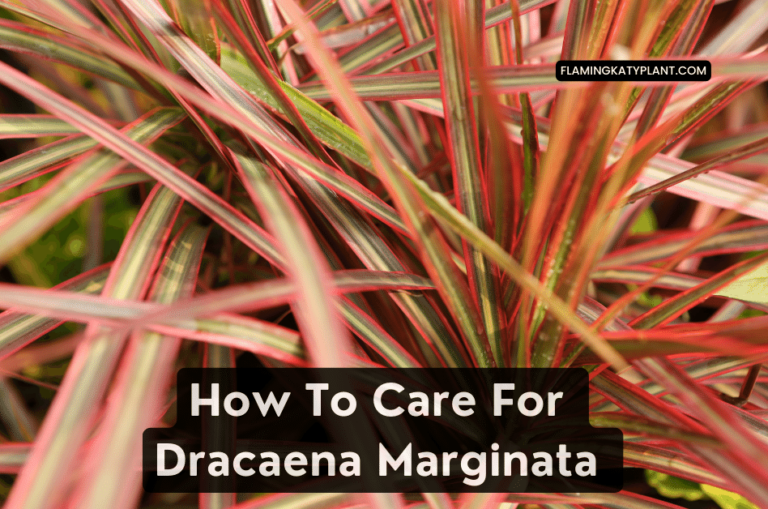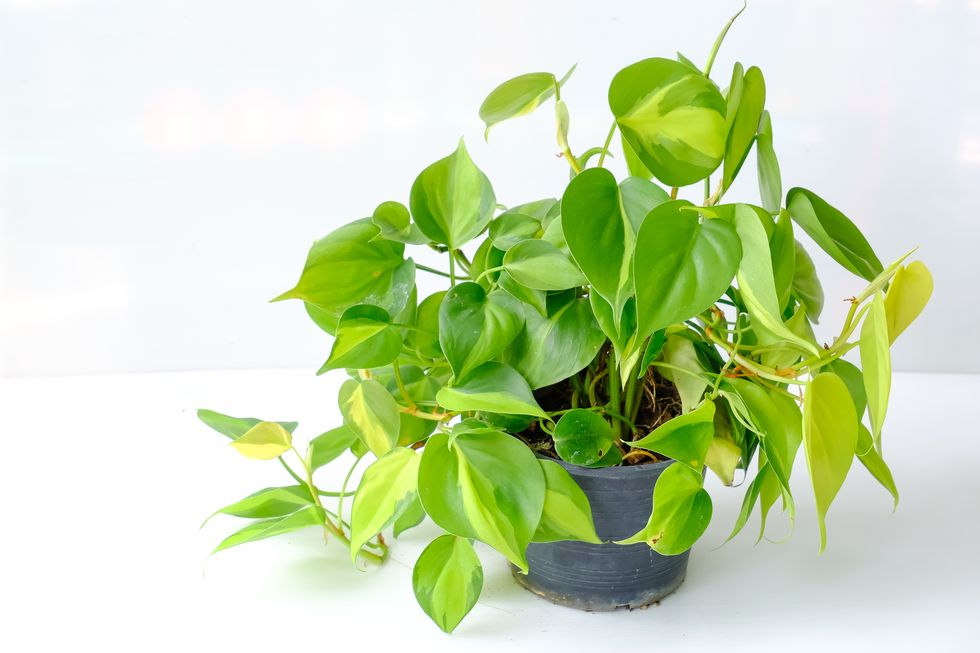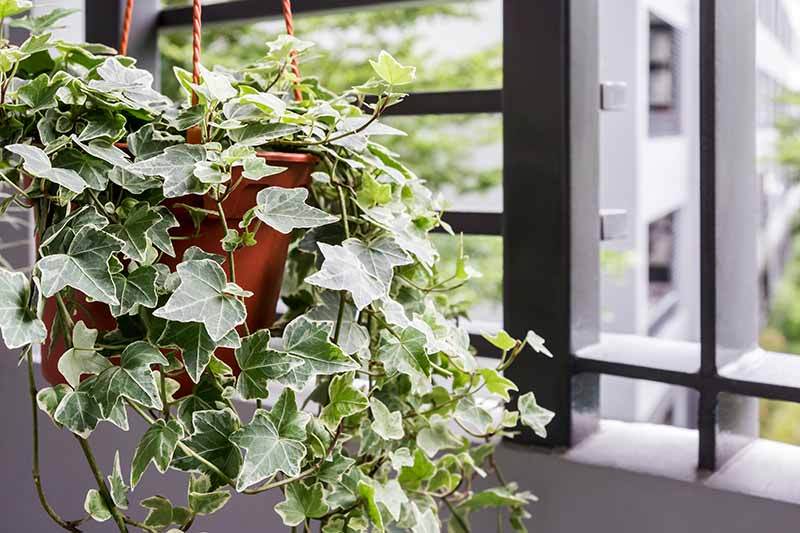How To Care For Prayer Plant (Maranta leuconeura)
How to Care for a Prayer Plant (Maranta leuconeura): A Detailed Guide
The Prayer Plant (Maranta leuconeura) is a popular houseplant known for its beautiful, colorful leaves that fold up at night, resembling hands in prayer. Native to the tropical forests of Brazil, it requires specific care to thrive indoors. Here’s a comprehensive guide to help you care for your Prayer Plant and keep it healthy and vibrant.
1. Light Requirements
Prayer Plants thrive in bright, indirect light. Direct sunlight can scorch the leaves and fade their vibrant colors. Place your plant near an east or north-facing window where it can receive filtered light. If natural light is insufficient, fluorescent or LED grow lights can be used to provide the necessary light levels.

2. Watering
Maranta leuconeura prefers consistently moist soil but is sensitive to overwatering. Water the plant when the top inch of soil feels dry to the touch. Use lukewarm, distilled, or rainwater to avoid the chemicals found in tap water, which can harm the plant. Ensure the pot has drainage holes to prevent water from accumulating at the bottom.
3. Humidity
High humidity is essential for Prayer Plants, reflecting their tropical origins. Aim for a humidity level of 60-80%. To increase humidity, use a humidifier, place the plant on a tray with pebbles and water, or group it with other humidity-loving plants. Regularly misting the leaves can also help maintain adequate humidity.
4. Temperature
Prayer Plants thrive in warm temperatures, ideally between 65-75°F (18-24°C). They are sensitive to cold drafts and sudden temperature changes, which can cause leaf damage. Keep the plant away from windows or doors that may have cool drafts and from heating or air conditioning vents that may cause temperature fluctuations.
5. Soil and Potting
Prayer Plants require well-draining soil. A peat-based potting mix with added perlite or sand works well to enhance drainage. Repotting should be done every 1-2 years in the spring, or when the plant outgrows its current pot. Choose a pot that is one size larger than the current one.
6. Fertilizing
Feed your Prayer Plant every 4 weeks during the growing season (spring and summer) with a balanced, water-soluble fertilizer diluted to half strength. Avoid fertilizing in the fall and winter when the plant’s growth slows. Over-fertilizing can lead to a buildup of salts in the soil, which can harm the plant.

7. Pruning
Pruning helps maintain the plant’s shape and encourages bushier growth. Trim back any leggy or overgrown stems using clean, sharp scissors. Remove any yellow or damaged leaves to keep the plant looking healthy. Pruning also stimulates new growth and keeps the plant compact.
8. Propagation
Prayer Plants are easily propagated through division or stem cuttings. For division, carefully separate a section of the plant with roots attached during repotting and plant it in a new pot. For stem cuttings, cut a healthy stem just below a node, place it in water until roots develop, and then plant it in soil. Ensure the cutting remains in a warm, humid environment until it establishes new growth.
9. Pest and Disease Management
Prayer Plants can be susceptible to pests like spider mites, aphids, and mealybugs. Regularly inspect the plant for signs of pests, such as webbing, sticky residue, or visible insects. Treat infestations with insecticidal soap, neem oil, or by wiping the leaves with a damp cloth. Proper watering and good air circulation help prevent fungal and bacterial diseases.
10. Leaf Care
Prayer Plant leaves can collect dust, which can interfere with photosynthesis. Clean the leaves gently with a damp cloth or sponge to keep them looking their best. Avoid using leaf shine products, as they can clog the pores on the leaves.
Conclusion
Prayer Plants, with their striking foliage and unique leaf movements, can be a delightful addition to your indoor garden. By providing the right light, moisture, and environment, you can enjoy their beauty and unique behavior for years. Regular maintenance, including proper watering, fertilizing, and pruning, will ensure your Prayer Plant remains healthy and vibrant. Whether you are a seasoned gardener or a beginner, Prayer Plants offer a rewarding and visually captivating plant care experience.
FAQ 1: What kind of light does a Prayer Plant need?
A Prayer Plant prefers bright, indirect light. It should not be exposed to direct sunlight, as this can cause its leaves to burn.
FAQ 2: How often should I water my Prayer Plant?
Water your Prayer Plant when the top inch of soil feels dry to the touch. Depending on the humidity levels in your home, this could range from once a week to every two weeks.
FAQ 3: What is the best temperature for a Prayer Plant?
A Prayer Plant thrives in temperatures between 65-75°F (18-24°C). It is important to keep the plant away from drafts and sudden temperature fluctuations.
FAQ 4: Should I mist my Prayer Plant?
Misting your Prayer Plant can help increase humidity levels, which it enjoys. However, be cautious not to over-mist as this can lead to fungal problems.
FAQ 5: How often should I fertilize my Prayer Plant?
During the growing season (spring and summer), fertilize your Prayer Plant once a month with a balanced houseplant fertilizer diluted to half strength. Do not fertilize in the fall and winter months.
FAQ 6: How can I propagate my Prayer Plant?
You can propagate a Prayer Plant through division or stem cuttings. Simply separate the plant at the roots or take a cutting with at least one node and place it in water or soil to root.
FAQ 7: Why are the leaves of my Prayer Plant turning brown?
Brown leaves on a Prayer Plant can be a sign of underwatering, low humidity, or too much direct sunlight. Adjust the care conditions accordingly to prevent further browning.
FAQ 8: Can I repot my Prayer Plant?
You can repot your Prayer Plant every 1-2 years or when it has outgrown its current pot. Choose a pot that is only slightly larger than the current one and use well-draining soil.
FAQ 9: Are Prayer Plants toxic to pets?
Prayer Plants are non-toxic to cats and dogs, making them a safe option for pet owners. However, it is still best to keep plants out of reach of curious pets.
FAQ 10: How can I prevent pests on my Prayer Plant?
To prevent pests such as spider mites and mealybugs, regularly inspect your plant for any signs of infestation. You can use a gentle insecticidal soap or neem oil to treat any pests that may appear.

